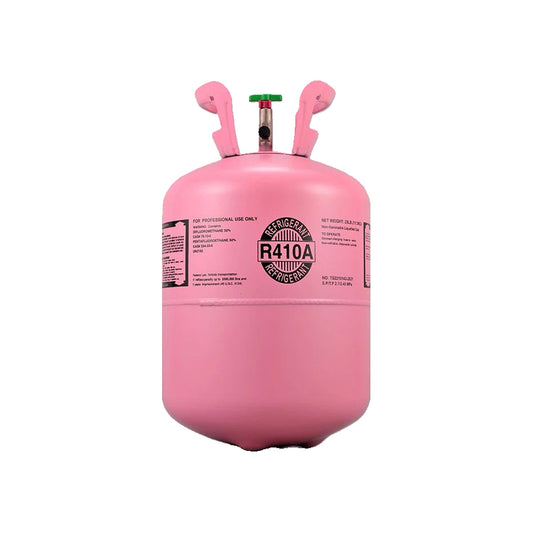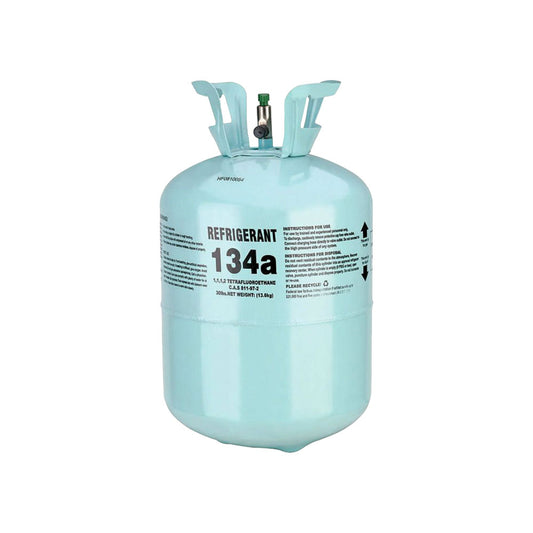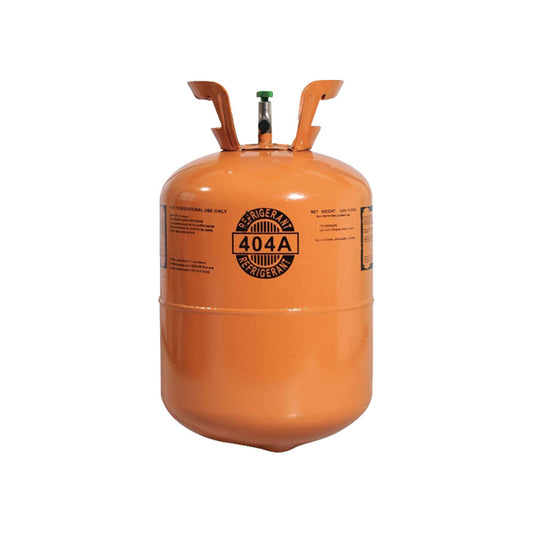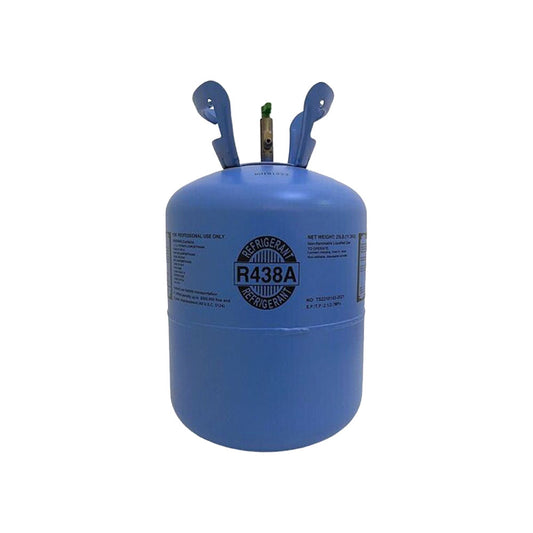The Ultimate Guide to R-407c Refrigerant
Share
R-407c refrigerant is a popular choice for air conditioning and refrigeration systems. It is a hydrofluorocarbon (HFC) refrigerant that is commonly used as a replacement for R-22 in new systems. In this ultimate guide, we will explore everything you need to know about R-407c refrigerant.
What is R-407c Refrigerant?
R-407c is a blend of three hydrofluorocarbon (HFC) refrigerants: R-32, R-125, and R-134a. This blend is non-ozone depleting and has a low global warming potential, making it an environmentally friendly choice for refrigeration systems.
Why is R-407c Used?
R-407c is commonly used as a replacement for R-22, which is being phased out due to its ozone-depleting properties. R-407c has similar performance characteristics to R-22, making it an easy drop-in replacement in existing systems without the need for major modifications.
Benefits of R-407c Refrigerant
One of the main benefits of R-407c is its environmental friendliness. It has a lower ozone depletion potential and global warming potential compared to other refrigerants. Additionally, R-407c is energy efficient, helping to reduce energy consumption and operating costs.
Applications of R-407c
R-407c is commonly used in air conditioning systems, heat pumps, and medium temperature refrigeration systems. It is suitable for a wide range of applications, from residential air conditioning units to commercial refrigeration systems.
Handling and Safety Precautions
When working with R-407c refrigerant, it is important to follow proper handling procedures to ensure safety. Technicians should be trained in the safe handling and disposal of refrigerants to prevent any accidents or environmental damage.
Regulations and Compliance
It is essential to comply with regulations regarding the use and handling of R-407c refrigerant. Regulations may vary by region, so it is important to stay informed and up to date on any changes to ensure compliance with environmental and safety standards.
Overall, R-407c refrigerant is a versatile and environmentally friendly option for air conditioning and refrigeration systems. By understanding its properties, benefits, and proper handling procedures, you can make informed decisions when it comes to selecting and using refrigerants in your systems.




